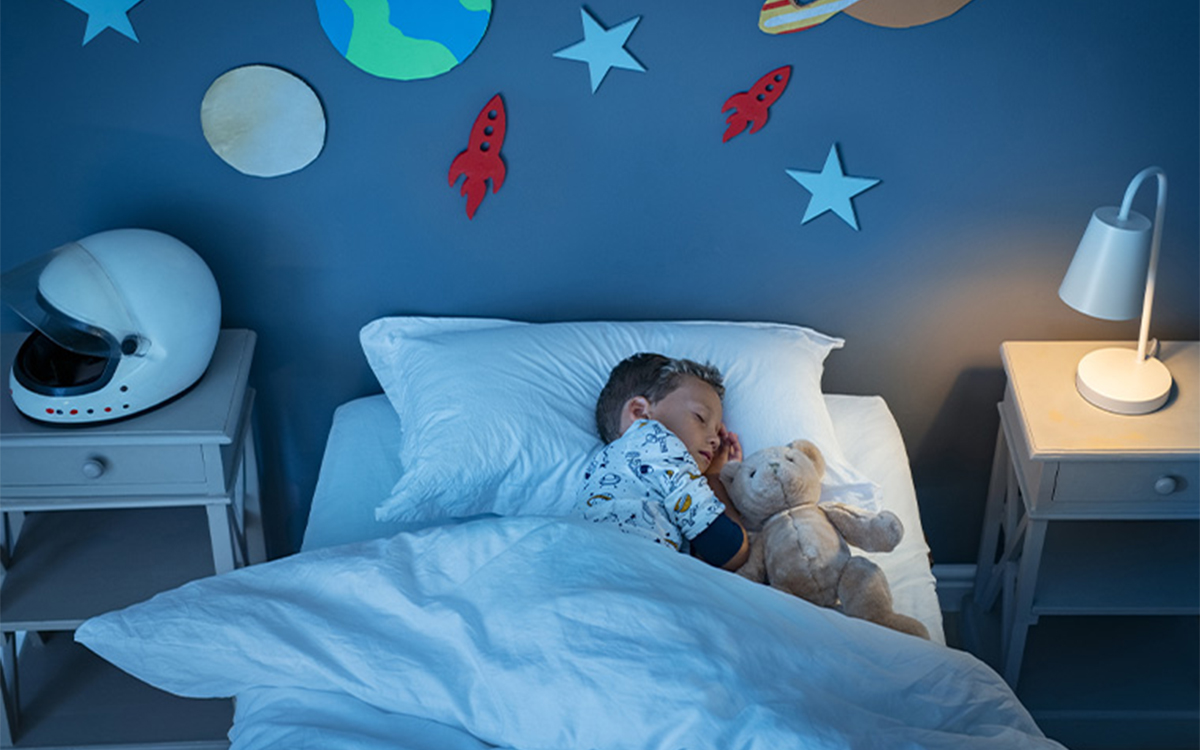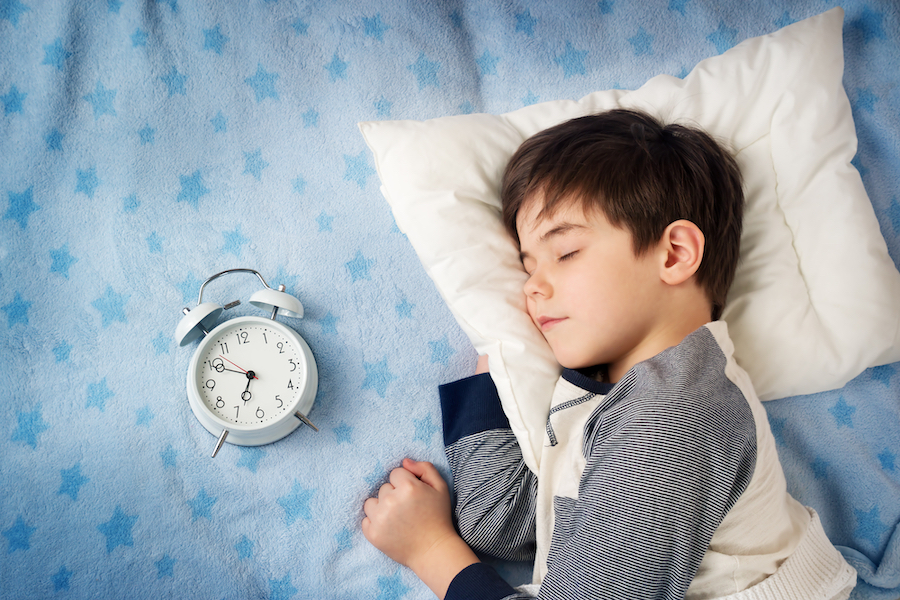As parents, all we want is to make informed choices to maximize our kids’ health and wellbeing. One of the most important aspects of their daily routine is bedtime, which is the cause of a lot of debates and often a lot of parent-shaming. It’s not surprising, as a bedtime routine is quite important to a child’s development, both emotionally and physically, so how can you determine the right thing to do? After that’s decided, how do you actually maintain a routine consistently?

Consistency Is Key
The most important factor to consider while deciding on bedtime routine is your child’s age. This is probably why this is so tricky, because the bedtime routine can vary wildly from age to age, as kids of different ages have different requirements. It’s generally accepted that young children need more sleep than older kids, and you can determine the appropriate amount of sleep your child needs by age by consulting with sources like the American Academy of Sleep Medicine.
One of the most important aspects of creating a bedtime routine is making sure it is realistic so that you can keep it consistent. Kids truly thrive when they have a routine in place, so choose a time that’s beneficial for your child that is also realistic for you and your family. The consistency will help their internal body clock stay regulated and will allow them to fall asleep faster and wake up refreshed and at a desirable time.
The key to success is preparation, so about an hour before actual bedtime you should start preparing. This can involve a routine practice that includes activities to help your child wind down. That can mean gentle stretching, bath-time, and reading a story or book. That way, your child will associate winding down with bedtime.

Incorporating Bedtime Stories Is A Great Part Of A Sleep Routine
This one is tough even for us adults, but it is especially important to lower or completely limited screen time at least one hour before bedtime. It’s been proposed that the blue light emitted from screens interferes with melatonin production, which impedes sleep regulation. It’s a good idea to limit watching TV and using any screens like phones or tablets before bedtime.
Another way to help make bedtime more enticing is by creating a cozy and comfortable sleeping space for your child. This will aid in getting your child to fall asleep and also stay asleep. Keep the temperature at a comfortable level, make sure sheets and bedding are clean, non-irritating, and comfortable, and make sure the room gets sufficiently dark. These will all help provide the optimal sleeping environment for your child.

Make The Environment Comfy And Cozy
The reality is that many of these bedtime routine tips can also apply to us the parents, whether we want to hear it or not. Children typically copy the behavior that they see, so if you’re not prioritizing sleep in your own routine, chances are, they’ll be tempted to do the same. If you set a good example, your kids are much more likely to follow your lead.
Choosing a bedtime routine can feel tricky since it involves many components, so many parents feel intimidated by the process. However, it is one of the most crucial components of a child’s development, so it is of utmost importance that is be established and also maintained. This is why using this advice you can create a healthy and realistic routine that will be manageable to follow for both you and your child.

Six Years Old Child Sleeping In Bed With Alarm Clock








